Snake Handling Best Practices
When handling snakes, it matters to follow the right methods to keep the snake and yourself healthy. If you understand of the right steps to follow while managing a pet snake or come over a wild snake on your property, it could assist avoid extra worry for both of you. I was really anxious when I handled a snake for the first time. I had no idea how to handle a snake at all, anything to say how to pick it up without getting bit. I discovered that maintaining calmness and observing the snake’s body language are essential elements of safe and efficient handling with time and experience.
Table of Contents
Snakes are highly sensitive animals, and they may become protective when they move suddenly. Therefore, it’s important to move carefully and slowly when dealing with or approaching snakes. Observing the snake’s behavior should be around the first steps. Does it appear relaxed or anxious? Handling a wild snake differs from handling a pet snake in terms of handling techniques. Since wild snakes aren’t used to human contact, they are more likely to be defensive. In this situation, applying a snake hook can be quite helpful.
It is important to approach the situation with security and availability when handling a snake for the first time. Prepare the area, whether it’s a short-term repository room for a wild snake you’re moving or a terrarium for a pet snake. Make sure to support the snake’s full body as you approach it from the side, and avoid shocking it with sudden shifts. To keep a safe distance from an angry or toxic snake, you must use your hands and a snake thread.
Benefits of Snake Handling Best Practices
Learning about and applying best methods for snake management has multiple benefits. First, it lessens the possibility that the snake or you will do harm. As you apply a snake’s behaviour more often, you’ll be able to tell its mood and adjust your strategy according. For example, if you ever have to deal with a snake, it will be useful to know how to handle a powerful snake. Effective use of a snake hook, understanding when to put on protective gloves, and knowing when to leave the snake alone are all important abilities.
I didn’t understand how important it was to practice handling snakes carefully when I first started out. One of my first experiences with an angry snake taught me quickly how easily things can get out of control. It was informative because, by being relaxed, wearing the appropriate clothing, keeping a safe distance, I was able to prevent the snake from biting me or hurting it. These methods of handling eventually became second nature to me, and I felt confident handling a wide range of snake species.
The relationship you grow with a pet snake is another important advantage. A snake that is handled successfully will become less agitated and more comfortable around people. It’s especially important when dealing with different kinds because each one has unique qualities. Some snakes may be more protective but others are more calm by habit. You must be mindful of how to approach people and respond to their behaviour in order to promote a relaxed environment.
Snake Bite Prevention and First Aid
The possibility of getting bitten is one of the main issues when working with snakes. Although snake bites sometimes occur, they can be mostly avoided by using safety measures. I handled both domestic and wild snakes. I’ve discovered handling or misunderstanding the snake’s body language results in a good deal of threats. To handle a snake without it biting you, you must maintain calm, move slowly and carefully, and always keep your eyes on the snake’s head.
Use a snake attack if you’re not sure how the snake will handle it, mostly if it’s a wild snake or one you haven’t handled already. With the help of a snake hook, you can carefully lead a snake while maintaining a safe distance from it. Reducing anxiety for smaller or used snakes can be achieved by carefully taking them up with your hands and supporting their body. Injecting the snake is not recommended as this can make it anxious, especially around the area of its head.
Be calm if a snake bites you. Most importantly, you should make an effort to maintain your cool because acting crazy could improve the situation. The bites of most pet snakes are usually harmless because they don’t contain toxins. Once the cut has been completely washed with soap and water, watch for signs of infection. If a dangerous snake bites you, it’s important to get medical attention quickly. In any case, learning how to handle venomous snakes safely will help you avoid danger in the future. For example, anytime I go to places where deadly creatures are known to exist, I always make sure to include a snake bite kit so that I’m ready.
Identifying Venomous Snakes
Understanding if a snake is dangerous or not is one of the most crucial parts of handling them safely. Among the physical traits that could help you identify if a snake is dangerous or not are its head shape, eye children, and body designs. It’s crucial not to depend just on these signs, though. It’s always better to err on the side of safety if you’re unsure because many non-venomous snakes duplicate a feeling of venomous ones as a method of defense.
After seeing a possibly toxic snake in my outside area, I quickly retreated and used my phone to conduct research on the species. I made sure the snake had a way out and maintained a safe distance from it instead of going out and screaming. When handling a snake, it’s important to wear hands and a snake hook if in doubt, get professional help.
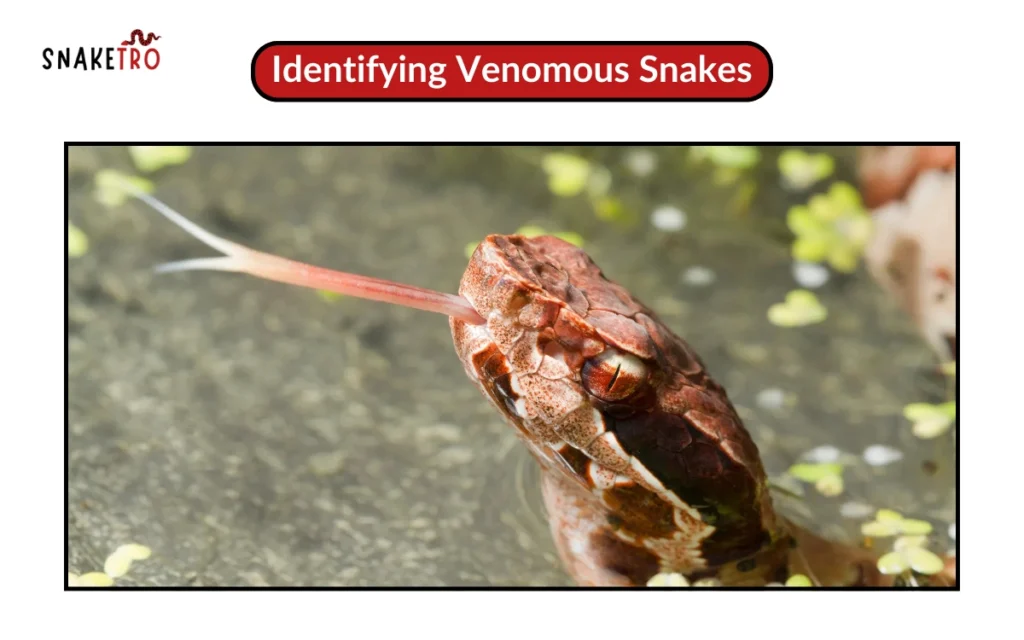
Preventing Snake Bites
How do you prevent snake bites? Includes the most common issues I handle. Even though it might seem difficult, the trick to avoiding a snake bite is to understand its body language and react effectively. For instance, The snake is warning you to back off if it coils or flattens its head. In this case, keeping a snake in your residence is even more important considering limits may make the snake anxious and stop it from attacking.
When working with snakes, make sure to support everything about them and, unless absolutely required, avoid catching them by the head or tail. The snake feels more solid if you hold its whole length with your hands. I became aware of how delicate snakes’ bodies are the first time I learnt how to take one by the head. Overly forceful hands might attack the snake or force its bite.
Responding to Snake Bites
In the event that you or anyone else is attacked, having quick and effective response abilities is important. After non-venomous bites, wash the area and watch for signs of infection. Venomous snake bites, on the other hand, require quick medical attention. While you wait for assistance, keep the region where you were bit quiet within your heart to prevent the venom from travelling. I’ve learnt that home remedies like pushing venom or cutting the bite site must be avoided since they may make the problem worse.
It’s a good idea to have a first aid snake bite kit on hand, particularly if you’re working with poisonous animals. It’s important to adjust to bites quickly and correctly to keep your snake and you safe and well.
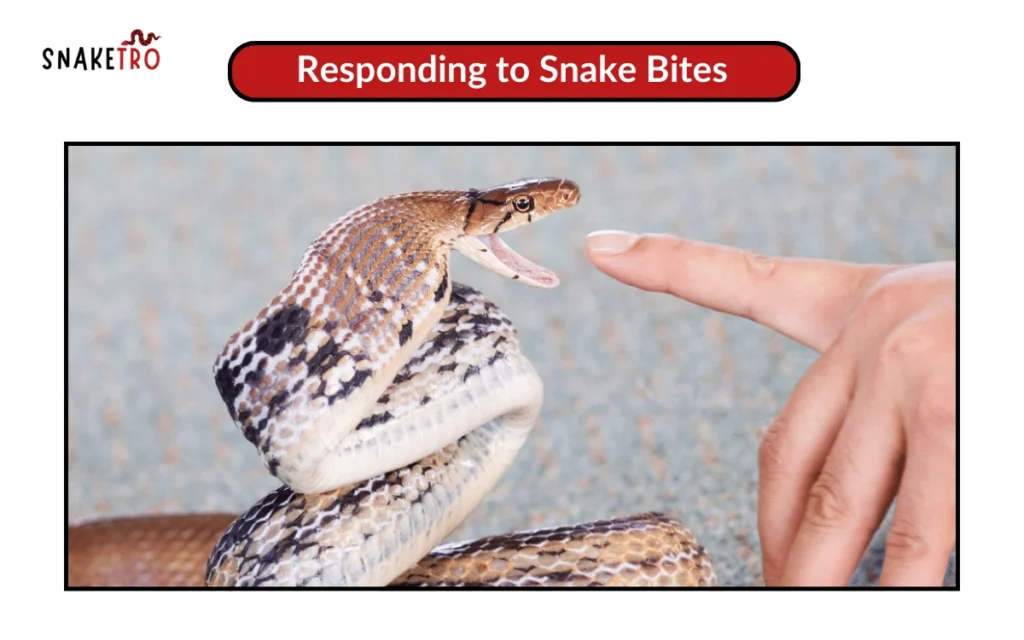
Proper Handling
It takes patience, experience, and respect for the snake to handle them correctly. While you’re handling a pet or an exotic snake, the basic steps are the same act carefully, support the snake’s body, and keep calm. As you grow experience, you’ll learn how to handle various types and personality types. Always have a plan before you begin dealing. Make sure you have everything you’ll need, including clothes and a snake hook, and that the snake has a private area available.
When I first started handling snakes, I made sure to always have a safe, safe confinement ready before picking up the snake. By doing this, the snake had less anxiety and its body grew more flexible. To have a nice experience for both you and the snake, you must learn how to carefully provide it into its enclosure, specially if this is your first time handling it.
Faqs
What are the best practices for handling snakes?
Best practices include moving slowly to avoid startling the snake, supporting its entire body, using tools like snake hooks when needed, and staying calm. It’s essential to assess the snake’s behavior before handling and to approach with confidence.
How can I prevent a snake from biting me?
To prevent bites, avoid sudden movements, keep your hands away from the snake’s head, and handle it gently. If the snake seems agitated or defensive, using a snake hook or gloves can help maintain a safe distance.
What should I do if a snake bites me?
For non-venomous bites, clean the wound with soap and water and monitor for infection. For venomous bites, seek medical help immediately, and keep the bite area still and lower than the heart while waiting for assistance.
How do I know if a snake is venomous?
Venomous snakes often have triangular-shaped heads, elliptical pupils, and distinct body markings. However, some non-venomous snakes mimic venomous ones, so it’s best to handle all snakes with caution if you are unsure.
How should I handle a wild snake in my house?
When handling a wild snake in your house, remain calm and use tools like a snake hook to guide it. It’s important to give the snake space and ensure that it has an escape route.
What is the safest way to handle a snake for the first time?
If it’s your first time handling a snake, approach it slowly, support its body, and avoid sudden movements. Make sure you’re using the right tools like gloves or a snake hook, and have its enclosure ready.
How do I handle an aggressive or venomous snake?
When dealing with aggressive or venomous snakes, use protective gloves, snake hooks, and other handling tools. Keep a safe distance and try to move the snake into a secure enclosure without provoking it.

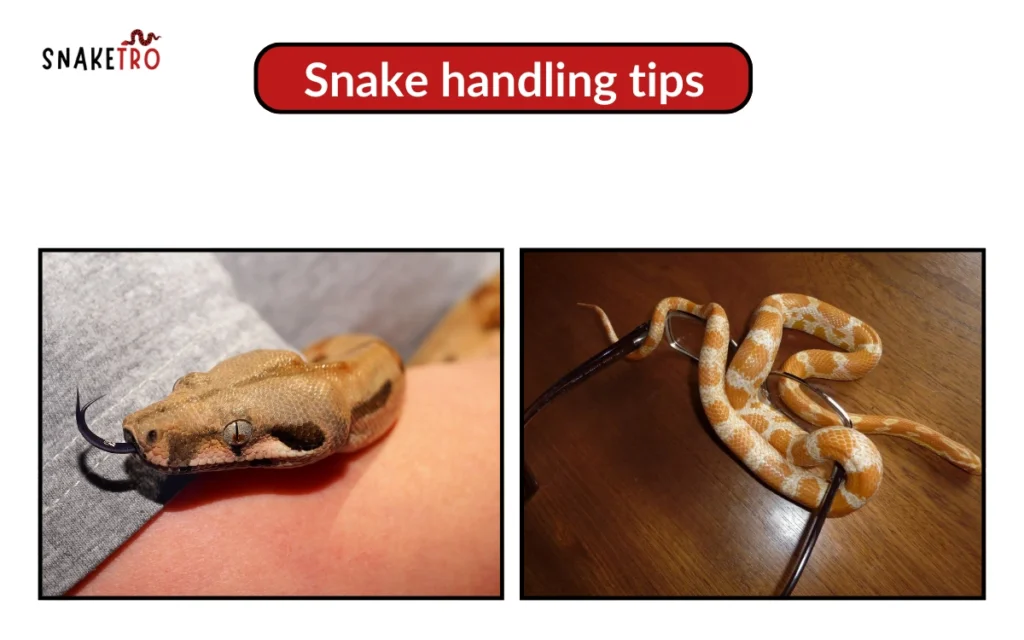

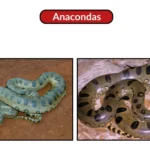


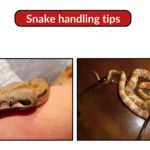
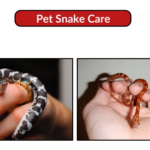
2 thoughts on “Expert Snake Handling Tips: Safe and Confident Techniques”